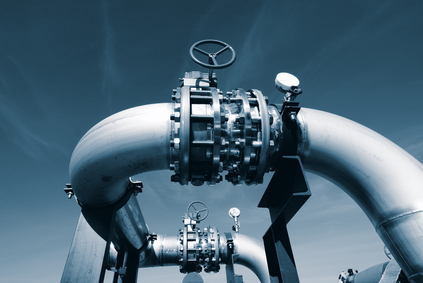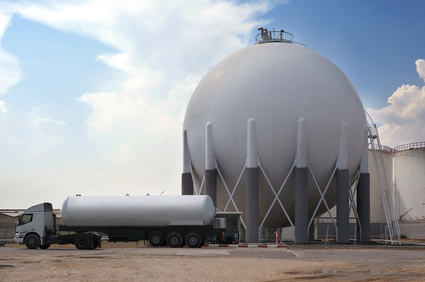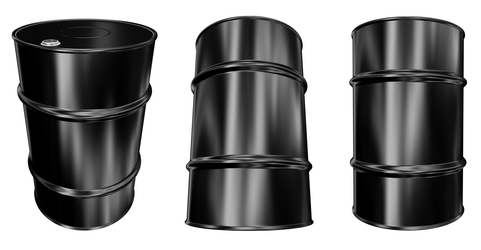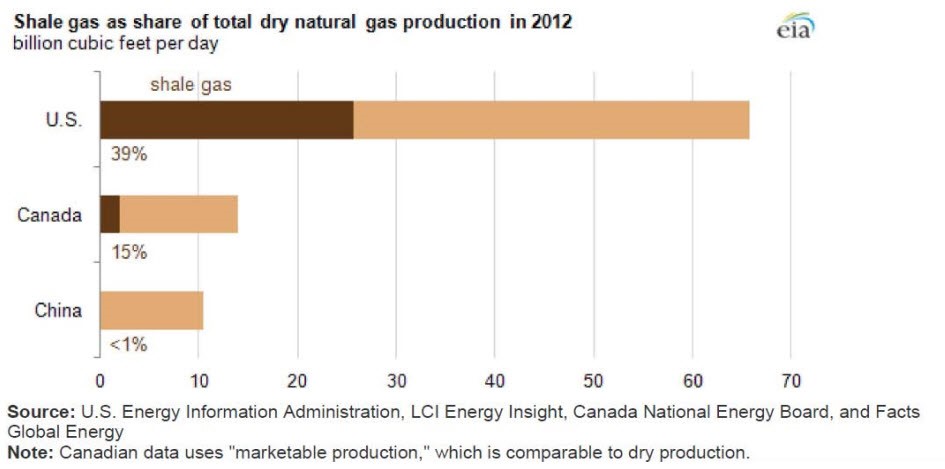Green Mining
 Green Mining
Green Mining
Greener Mining Innovations
Researchers and businesses alike are working to transform North American mining into a cleaner, greener industry. It’s an industry that affects ordinary people much more than they usually recognize: mining projects provide core materials for batteries, phones, and even tooth fillings.
Nevertheless, mining has earned a reputation as a dirty business that is bad for the environment and even dangerous. But mining is in the middle of a transformation — a greener future is already on its way, thanks to a range of new innovations.
Putting Money into Research
Ahead of everything else, major research and development commitments by companies and granting agencies are pushing the field of green mining forwards. It’s key for any mining company considering streamlining and greening their production to invest in development — change, after all, is expensive, and the best solutions work within existing systems.
Natural Resources Canada (NRC) is backing cleaner mining at a national level, and established CanmetMining is conducting research and development on extraction processes and developing technologies towards the goal of creating long-term sustainable options.
Building Small
One new innovation in mining is the introduction of low-impact drilling rigs in remote areas. Energold, a Vancouver company, currently uses 100 of these rigs, which are made up of smaller-than-usual pieces, and can be transported in parts by hand and pack mule.
The resulting rigs are only about four by four meters, or about 4% the size of a standard rig. The reduced environmental impact of these rigs and their increased safety makes them an attractive green mining option.
Sonic Drilling
Faster drilling with no drilling muds is an ideal situation, and one that is a recent reality. An innovative process run out of Chilliwack, BC called sonic drilling uses mechanical oscillation in the drill head to drill up to three times faster than a conventional drill. It’s been used to mine diamonds, gold, lithium, and more. And the system uses absolutely no drilling fluids, which vastly reduces the method’s environmental impact.
Sorting Ore, Just Better than Before
No matter what kind of mine, it’s the mill that uses both water and energy. Cleaning up that process is a promising way to cut mining waste.
MineSense, a new technology out of Vancouver, BC, applies high-frequency electromagnetic spectroscopy to get real-time mineral content measurement in mining shovels. That way, useless material can be rejected immediately, and recovery at the mill is a streamlined and enhanced process. Overall, sensor-based sorting like that offered by MineSense offers big savings in energy, water, and chemical requirements for both extraction and evaluation in the mining process.
Reclaiming Lands
Restoring land after a mine closes its doors has traditionally been a long and difficult process, and if it isn’t done right, the area can become a risk for the surrounding communities and environment. That’s why a key green trend in mining has been increased attention to environmental rehabilitation, from soil to trees.
In New Zealand, a coal mining company called Solid Energy has pioneered a new way to rehabilitate old mining sites using municipal bio-solid waste. The innovation helps keep cities clean, and the bio-solids provide nutrient-rich organic matter. With the nutrient boost, plants are able to grow back quickly, simultaneously reducing the damage sediment run-off might otherwise cause.








